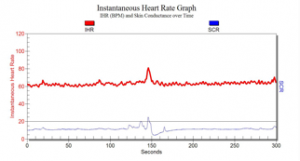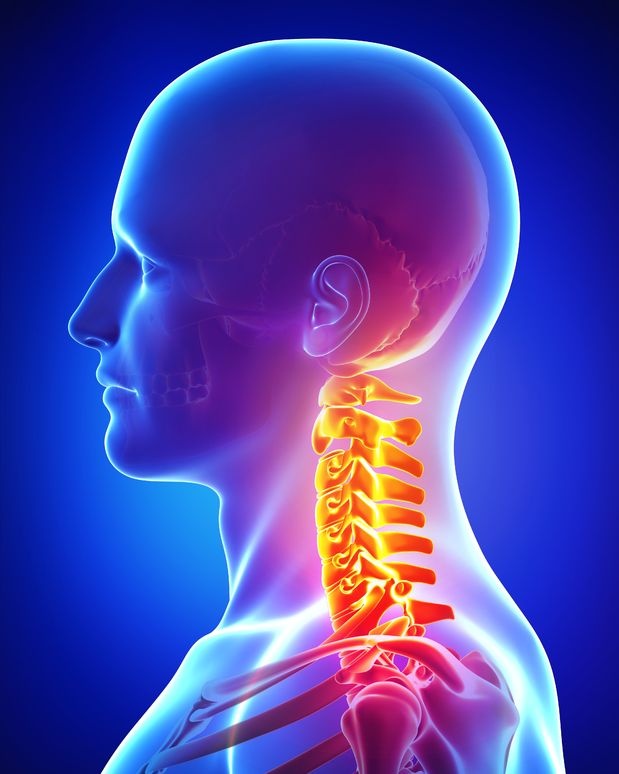
HEART RATE VARIABILITY
The origins of Heart Rate Variability go back to clinical studies 40 years earlier. At that time the ANS was viewed through a Stimulus –Response model and not examined as a complete system interacting with psychological and physiological factors. Polygraphs were the first bridge to “show” how an emotional state impacted on the physiology. In those years the accuracy of measuring the heart’s R-R interval was limited and so HRV was relegated as an anomaly. With the advent of digital processing, the milliseconds of the interval and the degree of variability can be acknowledged as accurate.
Simply put, HRV is a representation of the balance existing between the Sympathetic(S) and Parasympathetic (PS) portions of the ANS. If there is increased regularity of the heartbeat there is decreased variability and vice versa. The heart rate is measured using ECG’s or pulse wave profiles (plethysmograms). Increased S-tone relates to decreased variability. Increased PS-tone increases variability. An increase in variability is synonymous with the increased adaptability to environmental stimuli. A decrease in variability has been linked to any number of pre- degenerative or morbid, deteriorating physiologic states. HRV is not an exact diagnosis of disease but rather an indicator of the present state of adaptability. Chronic increases in health risk can be observed and reported when sequential HRV reading are obtained.
The ANS is involved in all disease states and is inherent in promoting a desirable state of wellness and performance. By producing hormones such as adrenaline and glucocorticoids, the sympathetic system stimulates a fight-flight response. The heart rate increases and the vasomotor tone of the periphery constricts (as seen in para-spinal thermal scans). A “vagal brake” is applied by the medullary circuits ending in the myelinated, vagus nerve. This slows down and rhythmically balances the heart rate.

HRV measures the tonic baseline of the sympathovagal state of normal sinus rhythm. If there is cardiomyopathy present, HRV will be diminished. However from a chiropractic perspective, our interest lies in the modulating of the neural input to regulate the S-PS balance. Chiropractic Leadership Alliance, Proprietary Information, 2011 www.SubluxationStation.com
Chronic stress leading to dis-stress will swing the balance and reduce the variability. An increased S-tone is associated with overt or quiet inflammatory states. A chronic skewing towards the S side indicates a lowered PS response. The PS readings can be viewed as an indicator of the level of the restorative response. Low PS and higher S readings combined with a low variability indicate a declining state of health and adaptability. One can easily identify the amount of “reserve” a patient has by looking at the amount of variability. If there is a low level of reserve then the patient is more vulnerable to negative type stress.




